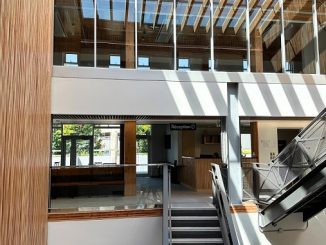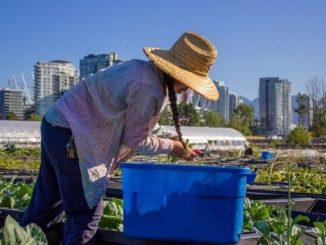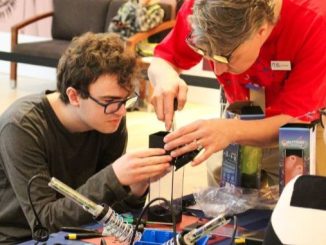The Marmot Recovery Foundation has had founding members working diligently round the clock since 2003 to save and restore the overall welfare of the Vancouver Island Marmot. These marmots are in serious danger of extinction, and, due to the efforts of the team at the Marmot Recovery Foundation, are slowly rebuilding their population, but they still need help. We spoke to Adam Taylor, the Executive Director of the Marmot Recovery Foundation, to find out how their efforts work and what we can all do to preserve this species.
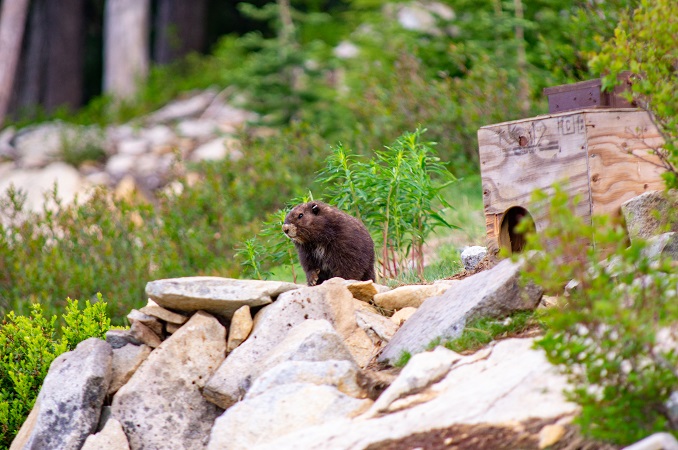
Describe your charity/non-profit/volunteer work in a few sentences.
Our mission is to recover the wild population of the Vancouver Island Marmot. There are several marmot species in B.C., but the Vancouver Island Marmot is unique in many ways: it is the only mammal species endemic to B.C., it lives only in the mountains of Vancouver Island, and unfortunately, it is one of the most endangered mammal species on the planet.
We do the on-the-ground work to support the small wild population of this species. That includes breeding marmots at our Mount Washington facility and releasing the young born there back to the wild. We also provide supplementary food to support the wild living marmots, restore marmot habitat, and provide supplemental food to support the wild population.
What problem does it aim to solve?
When we started recovery efforts in 2003, fewer than 30 Vancouver Island marmots remained in the wild. Today, there are about 200 to 250 marmots, which is far from secure but headed in the right direction. Our goal is to rebuild the population to the point where it can thrive on its own. Every species, including the marmot, plays a unique role in their ecosystems. Losing the marmot would be a huge loss to our natural heritage.
When did you start/join it?
I started at the Marmot Recovery Foundation in late 2015.
What made you want to get involved?
I have always been passionate about conservation, and I had previously worked at other conservation organizations and endangered species programs. But the Vancouver Island marmot is a special part of British Columbia: endemic mammals are incredibly rare – as I mention before, this species is the only mammal that occurs in B.C. and nowhere else in the world. I also really believed (and still believe) that it really is possible to save this species. I think it’s crucial that people know that with work we can repair much of the damage we have done to biodiversity, as we encounter more and more species in desperate need of help in the future.
What was the situation like when you started?
In 2015, after years of initially successful recovery efforts, the wild marmot population was once again declining. The Marmot Recovery Foundation and our partners recognized that more needed to be done to get recovery back on the right track. So that was the task I was charged with finding the resources to do more of the work that led to earlier successes and finding new ways to support the wild-living marmots.
How has it changed since?
Since 2015, we’ve been able to restart breeding at the Tony Barrett Mount Washington Marmot Recovery Centre and begin releasing more marmots to the wild each summer. We have started restoring marmot habitats – subalpine meadows – that have degraded as a result of climate change. And we have dramatically increased the number of colonies where we provide marmot food.
Since then, the wild marmot population has almost doubled. A lot of credit has to go to the marmots – it is amazing how adaptable they are, and how quickly they will adjust to living in the wild. And none of this work would be possible without the support of our donors and partners!
What more needs to be done?
The species is far from secure. At their current population, without continued recovery efforts, the marmots would once again veer toward extinction. Continuing to support the wild population is incredibly important to see this species truly safe.
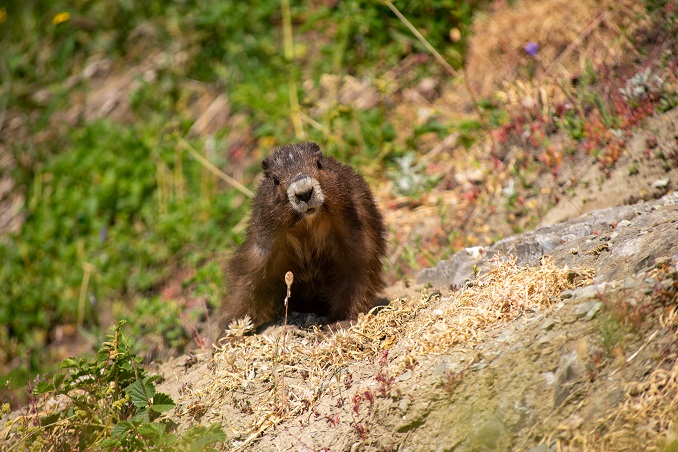
How can our readers help?
Please consider donating. Over 75% of our funding comes from donors across Canada, and they have literally saved this species from extinction. You can also help by sharing the marmots’ story. Even though much work remains, their success demonstrates how we can save our most endangered species in Canada, and beyond.
Do you have any events coming up?
No events, but you can watch the marmots on the Netflix show Island of the Sea Wolves!
Where can we follow you?
Website | Facebook | Instagram
PAY IT FORWARD: What is an awesome local charity that you love?
There are so many, so I’m going to cheat a little! Local naturalist clubs played a huge role in recognizing that the Vancouver Island marmot was in trouble and beginning to launch recovery efforts. In particular, the Cowichan Valley Naturalists advocated protecting the marmots and their habitat in the 1990s when the species was on the verge of extinction. They played a role in getting the Marmot Recovery Foundation started, and they helped create Haley Lake Ecological Reserve, which protects critical habitat for the marmot today.
The Cowichan Valley Naturalists, and other naturalist groups, do tons of great work to protect nature, and to connect people to the natural world!


